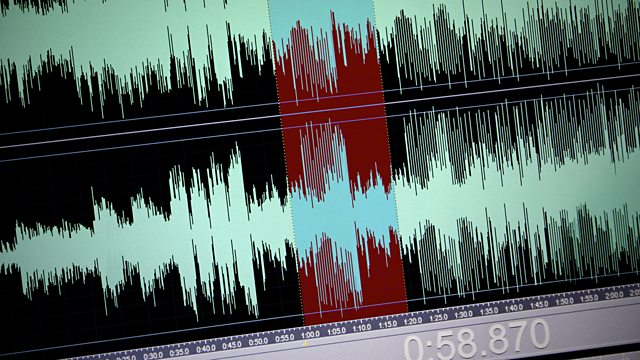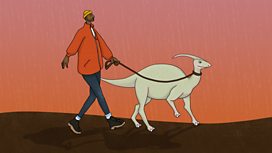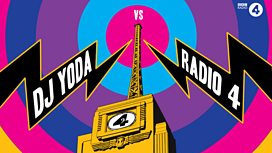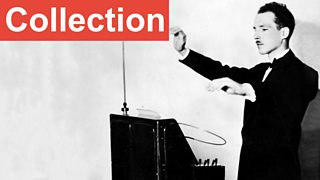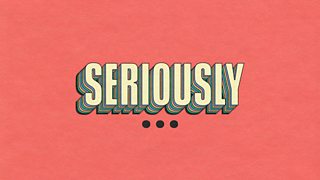Cutting Up the Cut-Up
Writer Ken Hollings examines how an artistic device called the 'cut-up' has been employed by artists and satirists to create new meanings from pre-existing recorded words.
The writer Ken Hollings examines how an artistic device called the 'cut-up' has been employed by artists and satirists to create new meanings from pre-existing recorded words.
Today's digital age has allowed multi-media satirists like Cassetteboy to mock politicians and TV celebrities online by re-editing - or cutting up - their broadcast words. But the roots of this technique go back to the early days of the avant-garde. The intention has always been to amuse, to surprise, and to question.
The founder of the Dadaist movement, the poet Tristan Tzara, proposed in 1920 that a poem could be created simply by pulling random words cut from a newspaper out of a hat. And it was this idea of the random juxtaposition of text, of creating new meanings from pre-existing material, that so appealed to the painter Brion Gysin in the late 1950s when he and his friend, the American writer William S Burroughs, began applying the technique not just to text but to other media too - including words recorded on tape.
From that point on, the recorded spoken word cut-up acquired a voice of its own, with less random, more deliberate, planned forms starting to emerge.
Radio 4's 'On the Hour' used the cut-up to satirise the culture of broadcast news. The producer of that series, Armando Iannucci, is just one of a number of artists who talk to Ken Hollings about the evolution and impact of the technique.
Other contributors include Cassetteboy, Kevin Foakes (aka DJ Food), artist Vicki Bennett and Coldcut's Matt Black.
Producer: Dan Shepherd
A Far Shoreline production for 麻豆社 Radio 4.
Last on
![]()
The Well of Random
Curious, unexpected and superbly quirky documentaries, introduced by Seren Jones.
![]()
DJ Yoda vs Radio 4
Hip hop turntablist DJ Yoda cuts up Radio 4's best loved theme tunes.
Broadcast
- Thu 25 Jun 2015 11:30麻豆社 Radio 4
Featured in...
![]()
Strange Sounds—Seriously...
Weird instruments and unearthly rhythms from hang drums, theremins and mellotrons.
